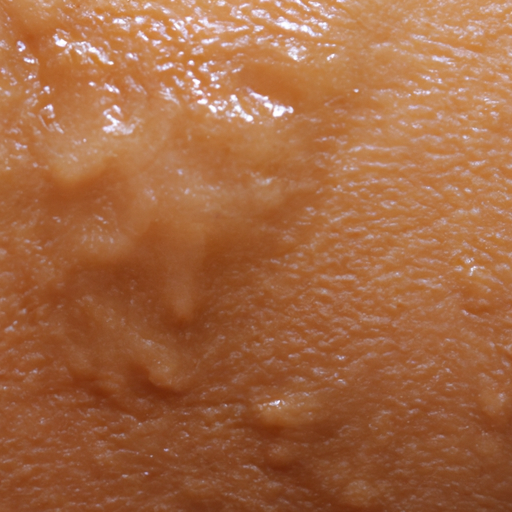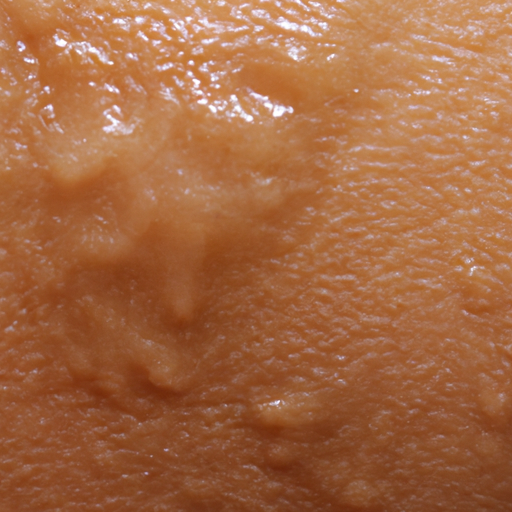Oily skin is a common dermatological condition that affects millions of people worldwide. It is characterized by an overproduction of sebum, the natural oil produced by the skin’s sebaceous glands. While sebum is essential for maintaining skin health, an excess can lead to a shiny or greasy appearance, clogged pores, and an increased likelihood of acne and other skin problems. This article aims to provide a comprehensive guide to understanding, diagnosing, and treating oily skin.
Firstly, it’s important to understand that oily skin is not a sign of poor hygiene. It is primarily caused by genetic factors and hormonal fluctuations. During puberty, pregnancy, menstrual cycles, and menopause, changes in hormone levels can stimulate sebaceous glands to produce more sebum. Stress and humidity can also exacerbate oily skin.
Diagnosing oily skin is typically straightforward. Dermatologists will look for visible signs such as a shiny or greasy appearance, large or noticeable pores, and the presence of blackheads, pimples, or other blemishes. They may also ask about your skincare routine and how your skin responds to various products or environmental factors.
Once diagnosed, the goal of treatment is to manage symptoms and prevent complications such as acne. Here are some strategies that can help:
1. Gentle Cleansing: Washing your face twice a day with a gentle, water-soluble cleanser can help remove excess oil without stripping your skin of its natural moisture. Avoid harsh soaps or detergents as they can stimulate your skin to produce more oil.
2. Use Oil-free, Non-comedogenic Products: These products are formulated to not clog pores, reducing the risk of acne. This includes not only cleansers but also moisturizers, sunscreens, and makeup.
3. Regular Exfoliation: Exfoliating once or twice a week can help remove dead skin cells that can clog pores and increase oiliness. However, be careful not to over-exfoliate as this can irritate the skin and trigger more oil production.
4. Topical Treatments: Over-the-counter products containing salicylic acid, benzoyl peroxide, or sulfur can help control oil and treat acne. If these aren’t effective, a dermatologist may prescribe a topical retinoid.
5. Oral Medications: In severe cases, oral medications such as hormonal birth control or isotretinoin may be recommended.
6. Lifestyle Changes: A healthy diet, regular exercise, and adequate sleep can help regulate hormone levels and thus, sebum production. Avoiding stress and maintaining a consistent skincare routine can also help manage oily skin.
In some cases, dermatologists may recommend procedures such as chemical peels, laser therapy, or photodynamic therapy to treat oily skin and its complications. These treatments work by reducing the size of the sebaceous glands and decreasing oil production.
In conclusion, while oily skin can be challenging to manage, it is not insurmountable. With the right diagnosis, treatment plan, and lifestyle modifications, you can reduce oiliness, improve your complexion, and boost your confidence. Remember that everyone’s skin is unique, so what works for one person may not work for another. It’s important to consult with a dermatologist or skincare professional to find the best solution for your individual needs.
Unmasking oily skin is a journey of understanding your skin better and finding the right balance of treatments that work for you. It’s about embracing your skin type and working with it, rather than against it. With patience and persistence, you can achieve healthier, happier skin.




